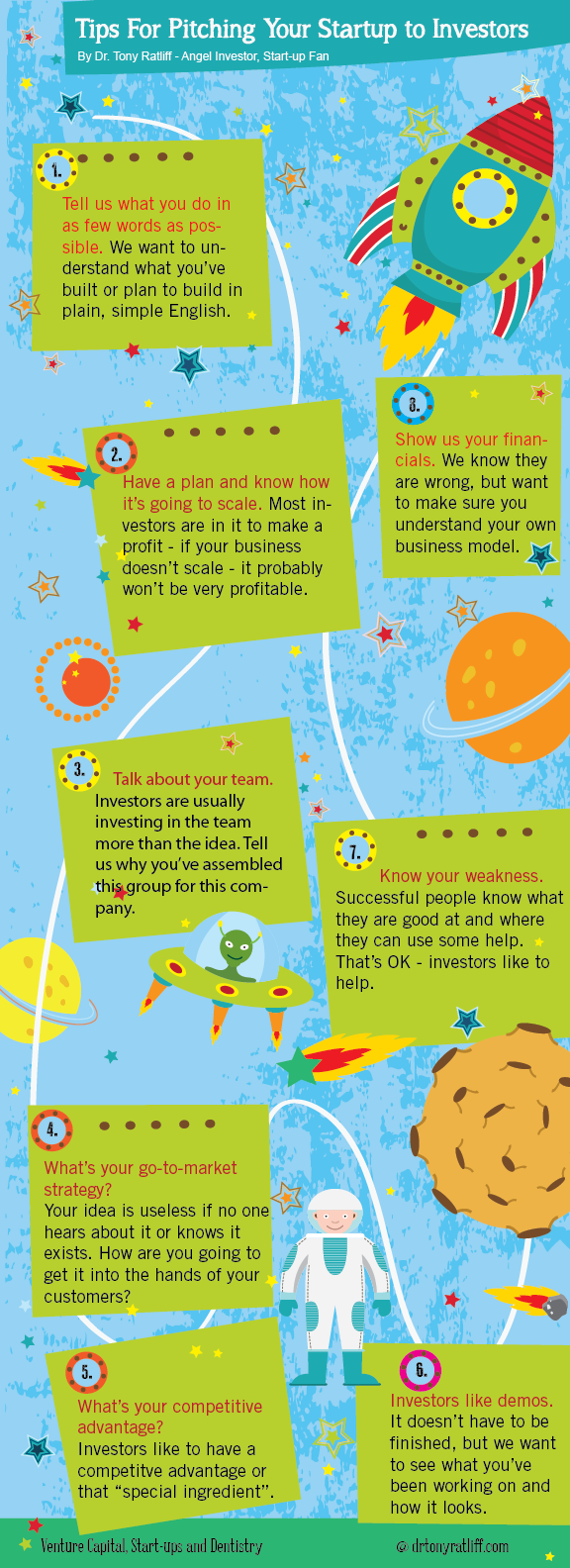
For the non-techies among us, the word “stack” is commonly used when describing website infrastructure. It encompasses components like the Linux distribution, server, background job processor, web framework and javascript framework. A “full-stack developer” is someone who is at least familiar with the entire set of tools. That is, he or she can dive into any part of the stack and fix things.
Modern startup office operations demand a similar agility from the COO or office manager. Most companies rely on a series of interdependent services that independently don’t do much, but together support a large and complex enterprise. Since we raised our Series A financing last June, I’ve had to become a full-stack ops officer, putting together 14 interdependent systems over two years and troubleshooting along the way.
I want to explain how our ops stack evolved and the rationale behind our choices, so that anyone in charge of opening or running a startup office can start creating a framework for their own ‘stack’:
First — the Money
Although not every startup makes money, they all spend it. The easiest headache to avoid is the tax reporting one. Open a bank account for your business. If you don’t have a tax ID for your company yet, then open a separate personal account. Make sure that all expenses flow through that account. Every ATM withdrawal, credit card payment, debit card purchase, and check should be tied to that account.
Related services are payroll and accounting. Don’t skimp on either; if you do, I promise you will regret it.
When it comes to money, my philosophy has been to hire professionals. Check references, read reviews, and then purchase these services. Although $100/hr may seem high for bookkeeping, the cost of not doing this is even higher. We went with:
- Silicon Valley Bank. Nice team, favored by our investors, and with a wealth of connections and other services as you grow. Although smaller than Wells Fargo, Chase, or Bank of America, they feel startup-friendly and built for small business.
- ADP. The other headache to avoid is payroll. There are some really interesting payroll startups coming out like ZenPayroll but limitations in the banks they can deposit into and the states they work in led us to the market leader.
- Ravix Group. Like I said, buy accounting help. Even if you aced finance, put that prowess into analyzing the statements that a credentialed accountant will run for you each month. Ravix Group was a referral to us, and we use them for both accounting and HR support.
- Braintree. When it comes to collecting credit card payments, don’t mess around. Braintree was recently bought by PayPal and I see that as a strength. Braintree is going to be around for a long time, and they’ll provide two things PayPal is not known for: easy API integrations and phenomenal customer support.
- Bill.com. Every company and contractor we pay gets routed through Bill.com for two reasons. First, they pay by check and wire, making it easy for our vendors to be paid quickly. Second, they keep a copy of the original invoice so we always have a record of what each amount was for. Granted, it takes a little bit of time to get used to this and if you don’t use it correctly, these features are moot, but I love it. The Quickbooks integration is great too.
- Expensify. For employee expenses, there’s nothing easier. We don’t couple reimbursements with payroll, so we can run reimbursements as quickly as we get them. Like Bill.com, Expensify tags every expense with a receipt and saves it for us, reducing our paperwork and saving the paper trail. Plus, they have a terrific iOS app, allowing employees to build expense reports on the go.
Second — the Office
My cofounder and I followed the Silicon Valley lore of working from coffee shops (we preferred Peet’s over Starbucks) before we had an office. Once we could rent an office, though, we always found it on Craigslist.
This bit of advice, granted, could be very San Francisco-specific. So I’ll speak generally: the best deals are the ones you find on message boards and through your network. Often, and I’ve seen this many times, the best office (with the most light, friendliest landlord, and best location) is also the cheapest.
Other major decisions you’ll need to make are office furniture, supplies, and food.
We went with:
- IKEA. Obviously. But we loved this pine Ingo desk. It’s only $69 and looks much better than the typical Ikea office furniture. That’s why they don’t put it in the office category. Instead, it’s in the kitchen section. For employees who want a standing desk, I found an easy way to make a standing desk riser for under $50 using Ikea wooden legs and their cheapest table top. No matter how you slice it, Ikea is still the winner for lightweight, easily-assembled startup office furniture.
- Amazon Prime. The $80/year we pay for Amazon Prime is brilliant. Often, deliveries for everything from computer monitors to toilet paper arrives the next day. I can no longer imagine spending my time shopping in a real office supply store.
- Safeway.com. The one thing we can’t get on Amazon is food (although I understand that may change soon). Rather than make runs to the grocery store, we have the store come to us. We love Safeway.com for remembering what we ordered last time and filling our cart with it. We keep a whiteboard in the pantry so employees can tell us what else they’d like. With almost no exceptions, we’ll order it, and Safeway comes to our door to deliver.
Third — Your IT
At your startup, you probably don’t have an IT guy (or gal) to troubleshoot problems for you. If you’re at all like me, you’ve had to learn hardware and Internet networking on the job. Here’s some more advice: again, don’t go cheap. The few hundred bucks you might save on lower powered, less flexible web hardware will be lost after the first bug. And when it goes down, it’s not just you affected, it’s the whole office. That’s an office full of people that can’t work, and piles of money are burned with every second of downtime.
Here’s our office IT stack:
- Webpass. We started with Sonic.net (again, specific to SF Bay Area) and pay about $100/mo for 20 mbs DSL speeds and 2 landlines. We’re going to keep Sonic for our landlines and as backup Internet, but the office is going to run on Webpass, a direct ethernet service that uses radio signals from a receiver on the roof to get asynchronous (read: same speeds up and down) Internet to the office. It’s a significant installation fee but the monthly costs are on par with any other business Internet service, and it will scale with our business.
- Meraki. Apple AirPorts are cool, and were great for our first small office. But then we discovered Meraki, and it was all over. The control over your network, combined with the ability to create multiple wireless SSIDs (including one for guests!) and throttle them so you don’t get squatters is a very helpful service. The cost, relative to what your rent probably will be, is negligible. Get the best routing hardware for your office.
- Google Apps for Business. Here’s a great solution that doesn’t break the bank. At $60 per user per year, it’s an unbelievable deal for the quality of service Google provides. All of your email, calendaring, chat, and document storage for that low, low rate. If Google Drive existed when we first got started on Dropbox, we’d probably have avoided the next point.
- Dropbox for Business. I love Dropbox because it’s so easy, but with SkyDrive, Google Drive, and Box all right there too, there are many good solutions to choose from. One thing you don’t need to do is spend tens of thousands of dollars on Microsoft Sharepoint and a fancy VPN. Share with your employees the beauty of modern self-syncing file storage systems. Dropbox for Business is inexpensive and makes it easy to manage your users.
- Apple. My mom couldn’t believe that we buy everyone a new MacBook when they start. The engineers get 15″ Retina MacBooks, and everyone else gets 11″ or 13″ Airs. These are company property, not gifts, but who wouldn’t like to start their day with a new MacBook? We do this because 99 percent of their day-to-day Scripted experience is on a computer. The few hundred bucks more we spend on Macs than comparable Dell or HP laptopss are negligible in the long run and make our staff happy. Also, always buy Apple Care. You’ll at least break even, promise.
These are the 14 solutions in the Scripted headquarters office stack. Just like an engineer, COOs and office or operations managers need to be well-versed in today’s SaaS solution landscape to continually improve and optimize the office experience for their employees.
So, what’s in your ops stack?
Ryan Buckley is Co-founder and Chief Operating Officer of Scripted.com. Ryan holds an MBA from the MIT Sloan School of Management and an MPP from the Harvard Kennedy School of Government. Still and always a Cal Bear, Ryan graduated from UC Berkeley with degrees in economics and environmental sciences. He likes to dabble in PHP, Python, Ruby, Quickbooks, and whatever else needs to be done at Scripted HQ.
The Young Entrepreneur Council (YEC) is an invite-only organization comprised of the world’s most promising young entrepreneurs. In partnership with Citi, YEC recently launched StartupCollective, a free virtual mentorship program that helps millions of entrepreneurs start and grow businesses.










 A Forbes article listed eight biggest challenges faced by businesses and two of them are issues many small businesses deal with on a daily basis:
A Forbes article listed eight biggest challenges faced by businesses and two of them are issues many small businesses deal with on a daily basis: 





